We finally made it out onto the fjord today, which I guess is the official start of our field work!
This morning I worked with Svein Oland from the Norwegian Polar Institute, to get our boat ready. He was incredibly helpful in creating a mounting platform for the winch (to use to lower and raise the CTDA research tool that is submerged in the water to measure conductivity (salinity), temperature, and depth.) and the bathymetry setup. I was really impressed at his resourcefulness in gathering up the hardware we needed - after all, it’s not like you can go to Home Depot up here! After a couple of hours of work, we got it all mounted.
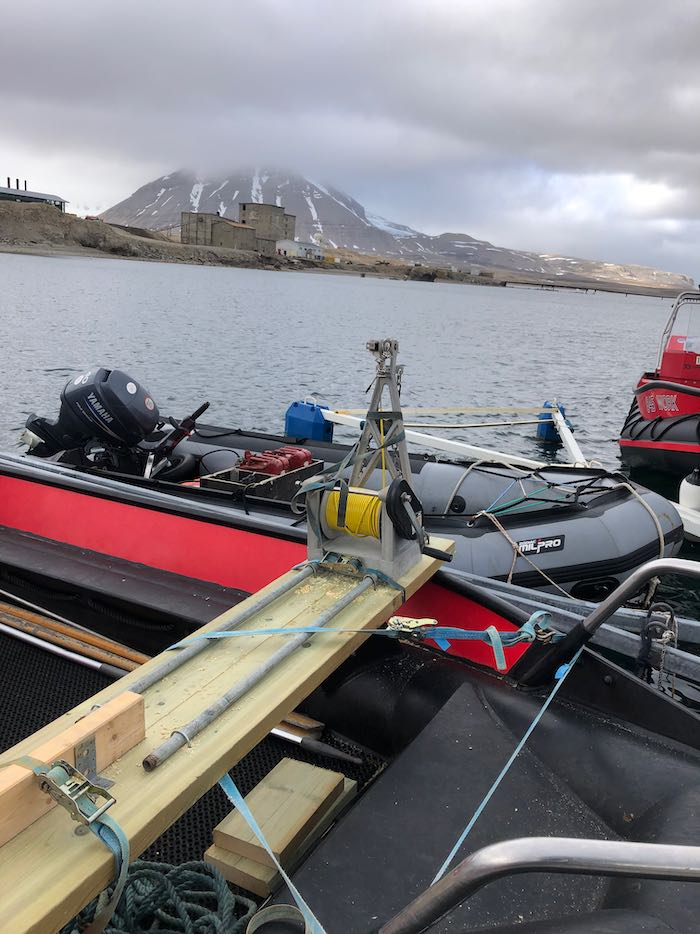
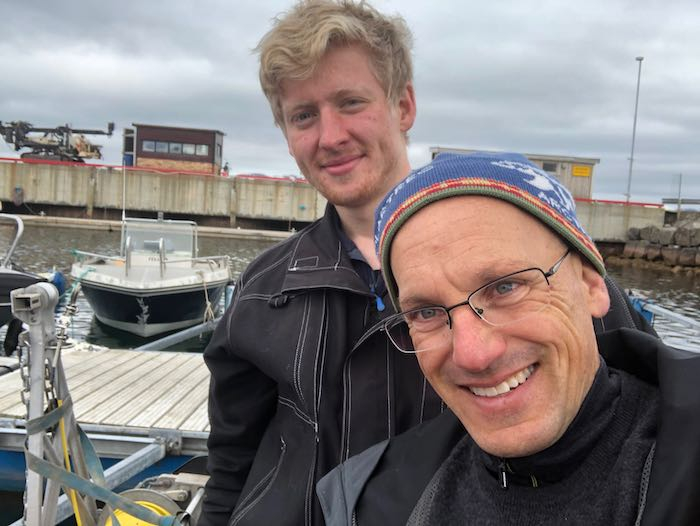
After lunch, I found out that my gun permit came through from the Norwegian government. This means that we are able to leave Ny Ålesund and go out on the boat!
We gathered up our stuff and walked down to the boat dock. Shout out to Jan Pettersen for giving us a very thorough orientation. Although Julie and I have driven these boats before, it’s been many years for both of us, so it was super helpful. Then we were off!
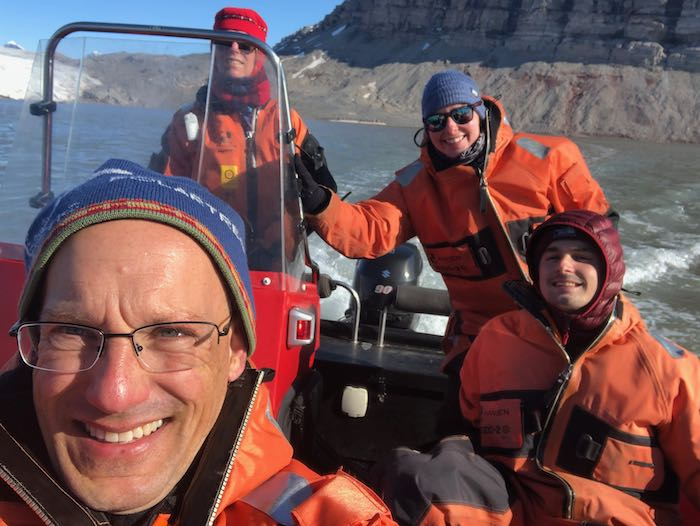
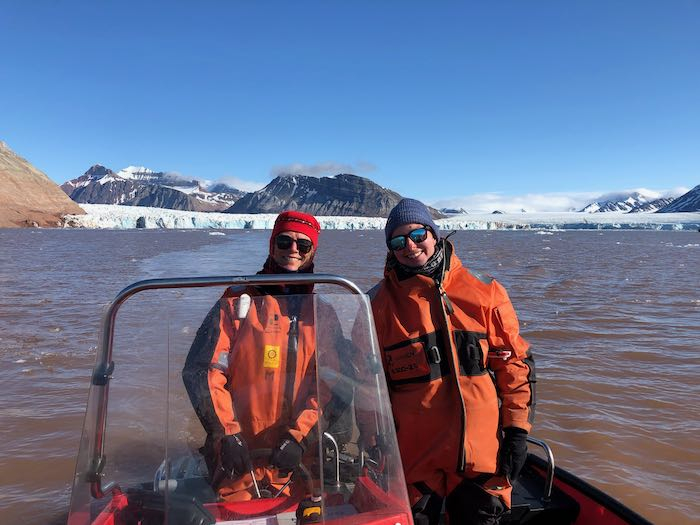
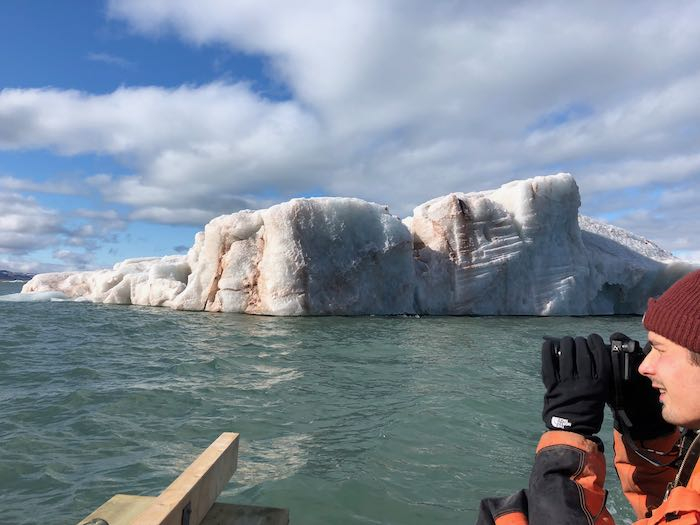
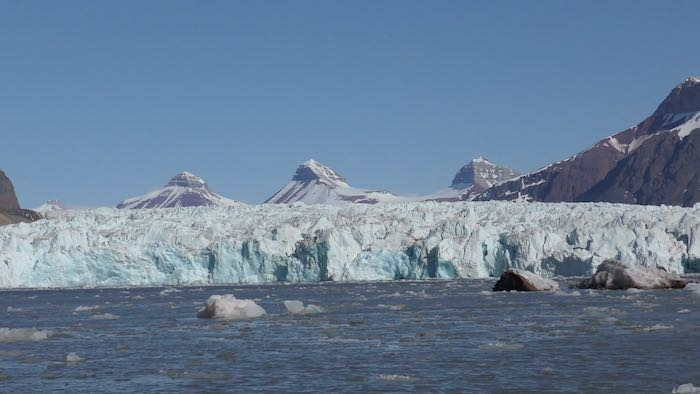
Check out this video with some clips of our first trip out on the fjord.
Another goal was to test out the drone. I got a chance to fly the drone back in the US, but this was my first time flying from a moving boat! It was a little nerve-wracking at first to try to land the drone on a moving target! But with Xander’s expert drone-catching skills we were in business!
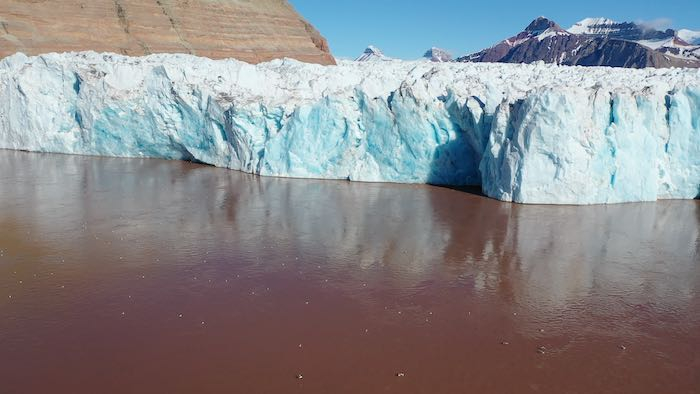
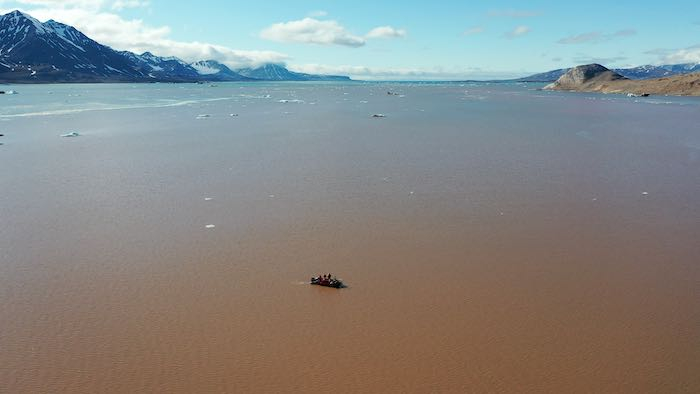
Check out this video shot using my drone. I need to work on my technique, but I think it was a good start!
We came back today incredibly happy to finally be starting our field work and getting a chance to see the glacier up close.
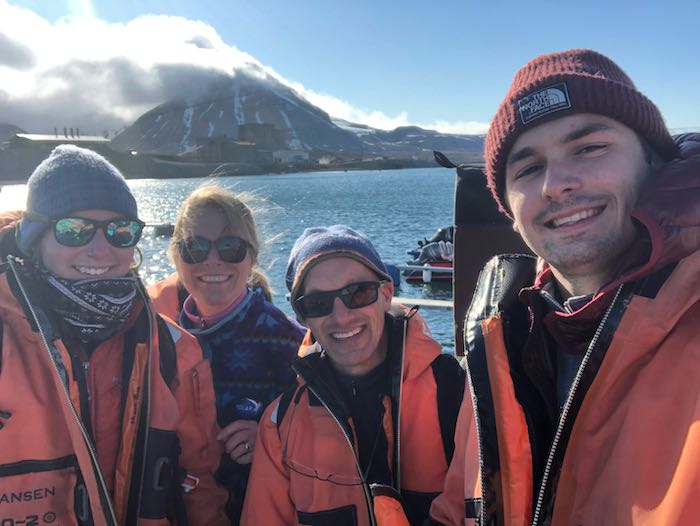


Comments